
At academic forums such as scientific seminars and in-depth roundtable discussions of people outside the ethnic minority communities of the Central Highlands but deeply attached to the traditional culture of the highland residents around the issue of preserving and promoting the cultural values of the Central Highlands in contemporary life, most opinions clearly expressed concern about the transformation of the Central Highlands cultural identity. Today, the Central Highlands musical identity only exists in the semantics of words. Gongs, ding nam, k'long put, t'rung, k'woa, goong lur... - traditional musical instruments of the ethnic minorities of the Central Highlands, have now been modified based on the pitch of the notes do, re, mi, fa, sol, la, si in Western music", a Central Highlands folklorist asserted.
According to this Central Highlands folklorist, the most important social practice function of the Central Highlands traditional musical instruments is to ask Yang (to ask Yang), then comes the derivative function of entertainment. Therefore, the Central Highlands traditional musical instruments are strictly bound by polytheistic beliefs; the villagers who want to use them must ask Yang, and only use them when Yang permits. The Central Highlands traditional musical instruments are completely alien to the exaltation of individuality. The individual must be "under the supervision" of the community, and in return, the community must have the responsibility to exalt individual talent - that is the unique feature of Central Highlands music. Another unique feature is that traditional musical instruments of the Central Highlands are always divided by gender: t'rung - men, drums - men, k'woa - men, gongs - men... "In the past, t'rung was a musical instrument for men. Now, t'rung is almost closely associated with the image of Central Highlands women. The same goes for drums, which used to be a musical instrument for men, but now women play drums as bravely as men," said artisan Ka Hem (Lang Biang ward - Da Lat, Lam Dong province).
Meritorious Artisan K'Teu (Di Linh commune, Lam Dong province) confided: "Once there is cultural exchange, there will certainly be a phenomenon of mutual influence. Therefore, instead of passively "preserving the original forms of traditional culture of the Central Highlands", the ethnic minority communities of the Central Highlands should proactively enhance their endogenous strength. It is best to assimilate the good, the beautiful, and the unique things of communities outside the ethnic minority communities of the Central Highlands. According to Meritorious Artisan K'Teu, the reason why there have been two streams of opinion for a long time: preserving the original values of traditional culture of the Central Highlands and promoting the unique cultural values of the Central Highlands has not reached a consensus. Those who look in the direction of "promoting" think that the traditional cultural values of the Central Highlands are creating an obstacle to the increase of the soft power of the Central Highlands culture. In fact, this is a unified entity, there is no separation: preserving is to promote and promoting is to preserve. Preserve. “Sticking to the roots, on the basis of assimilating new cultural values, that is how young people in the Central Highlands introduce themselves to the world ,” designer K'Jona (Cam Ly ward - Da Lat, Lam Dong province) said about how he preserves and promotes the cultural values of the Central Highlands.
Source: https://baolamdong.vn/tu-y-muon-den-thuc-tai-387628.html


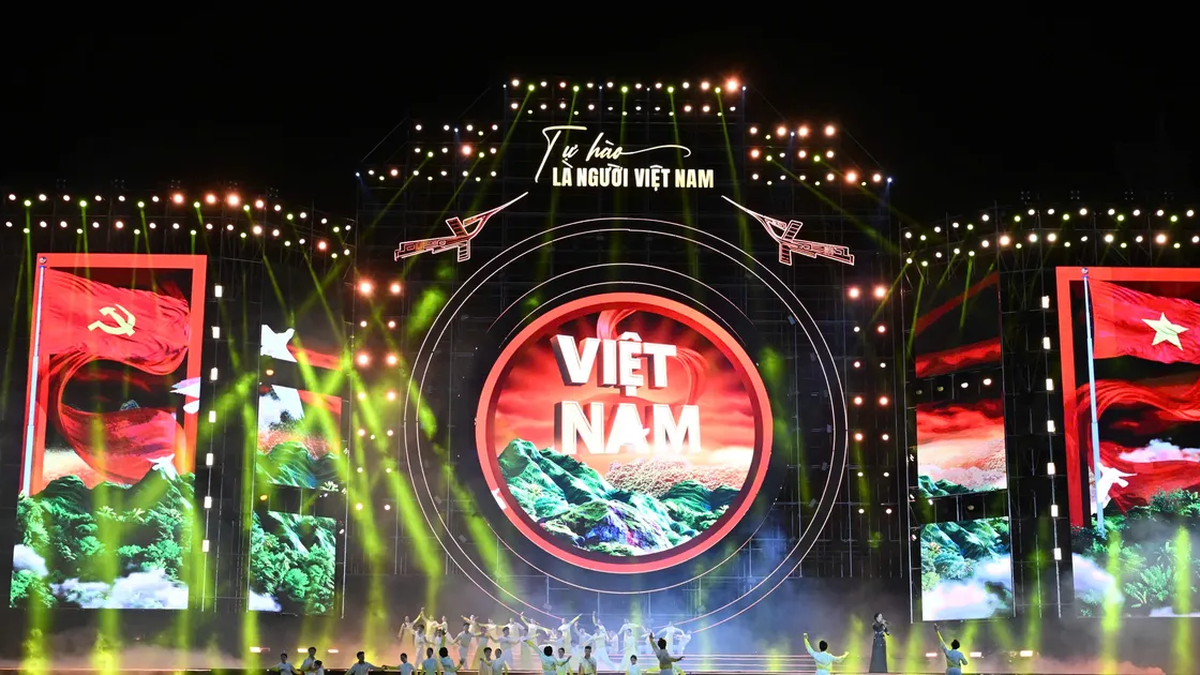

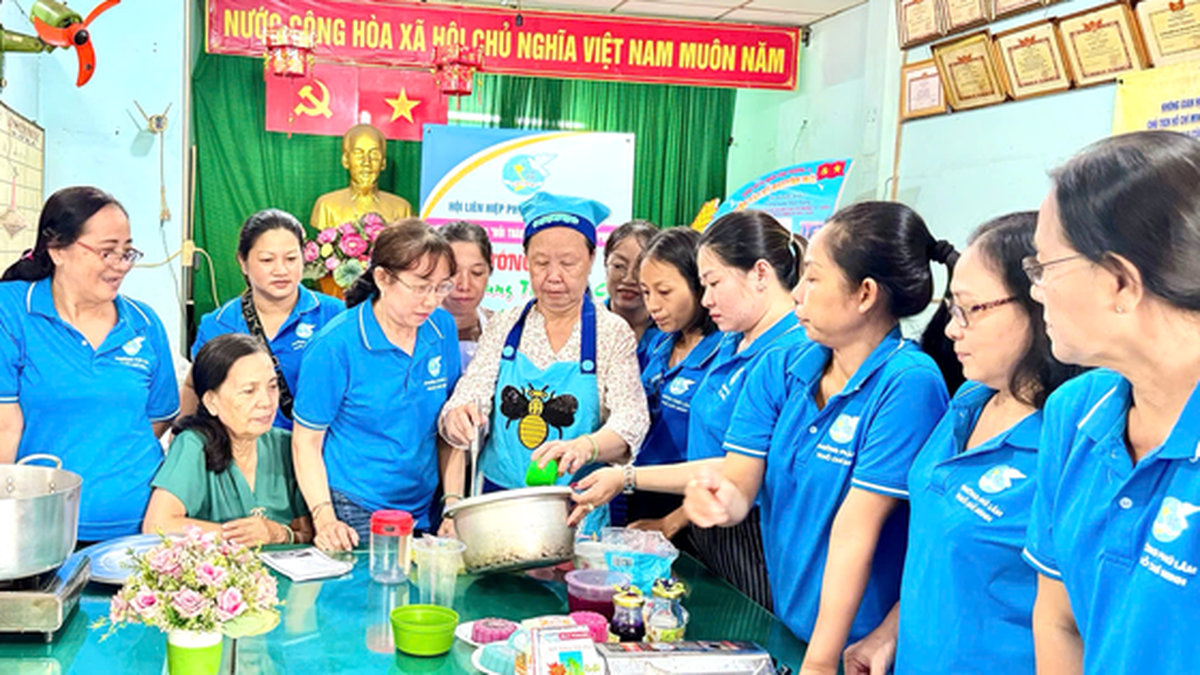

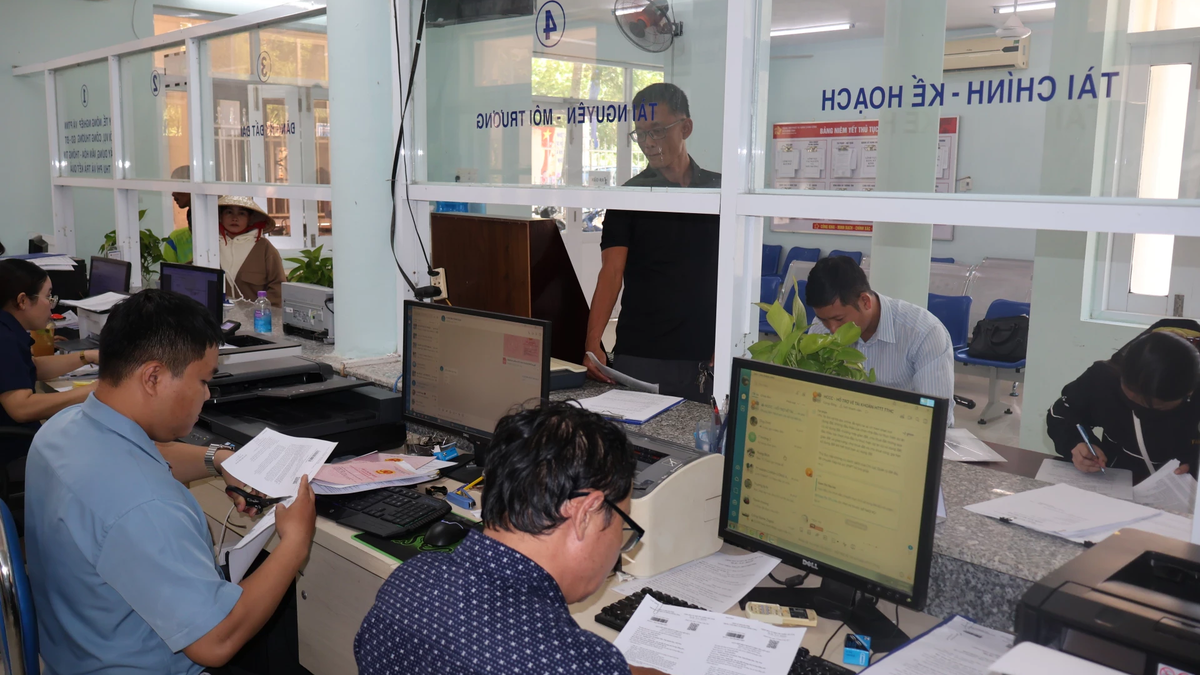
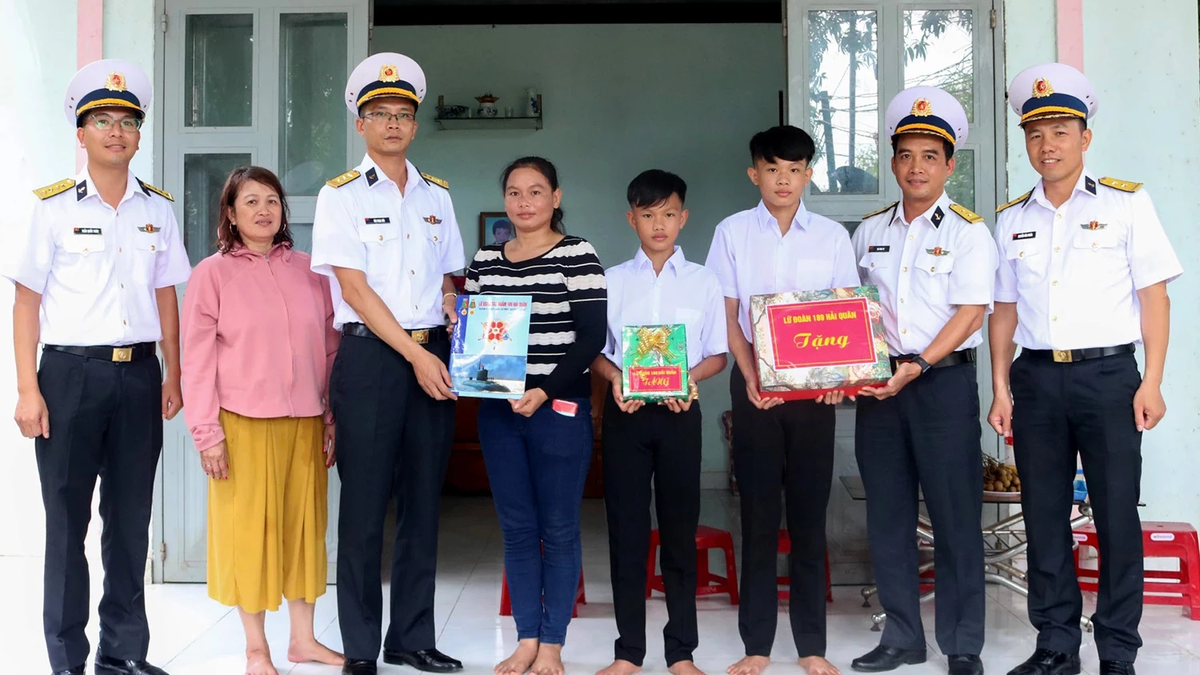
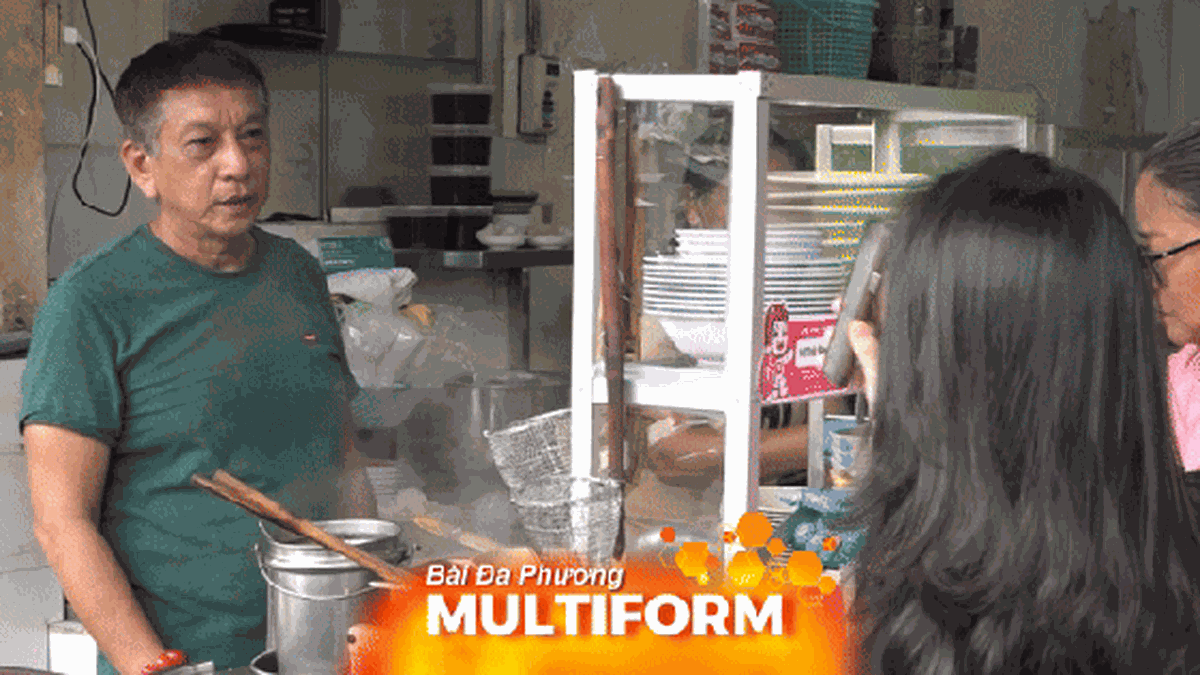
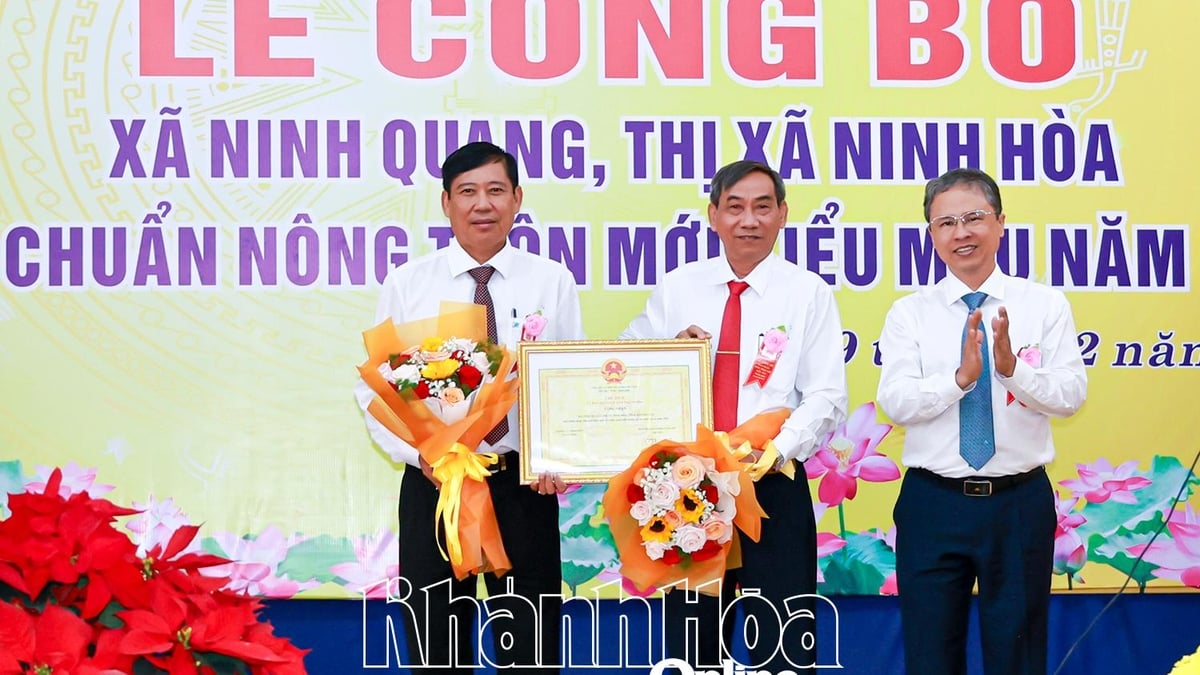
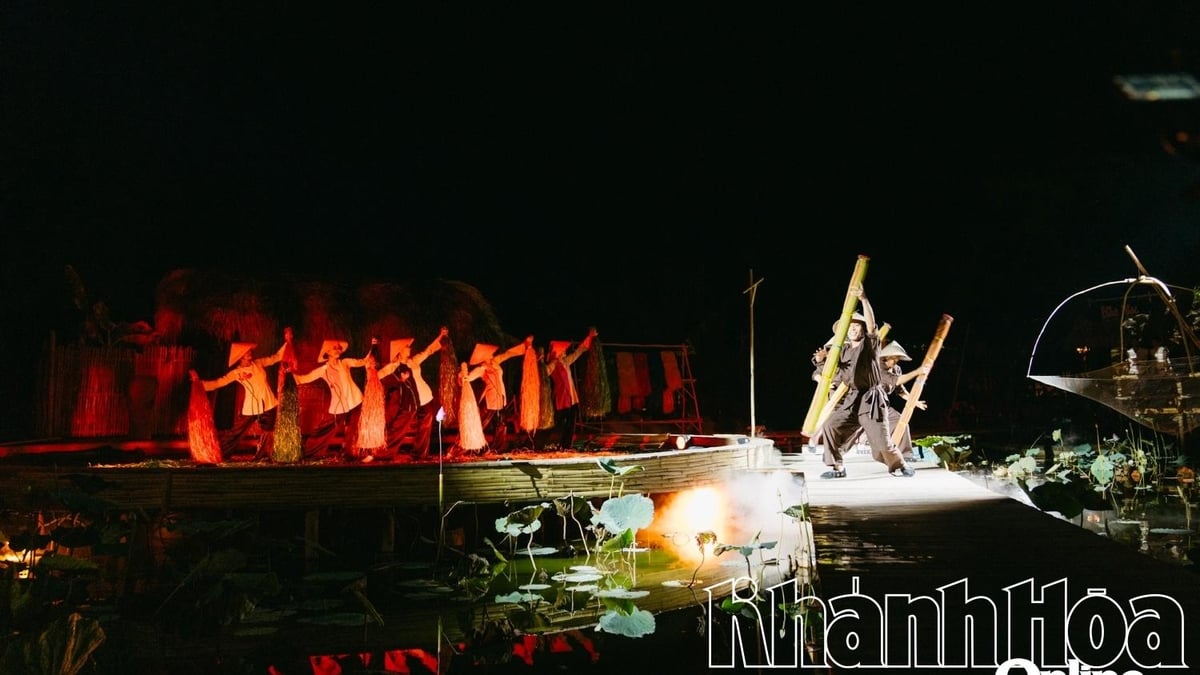










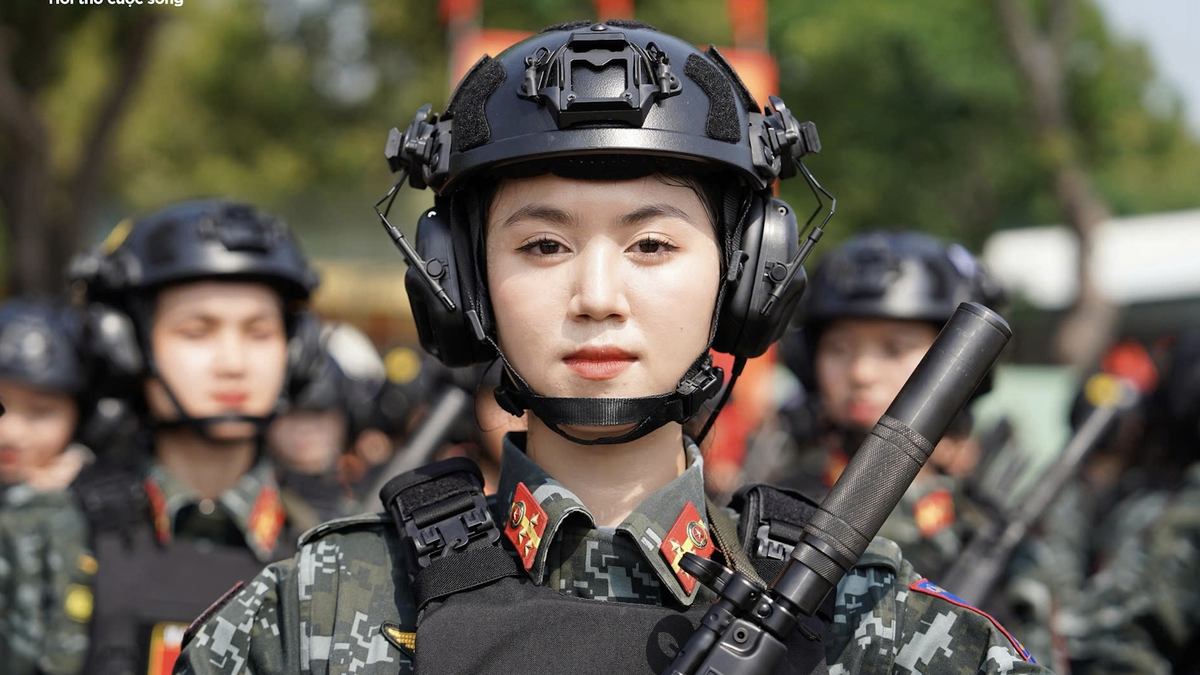
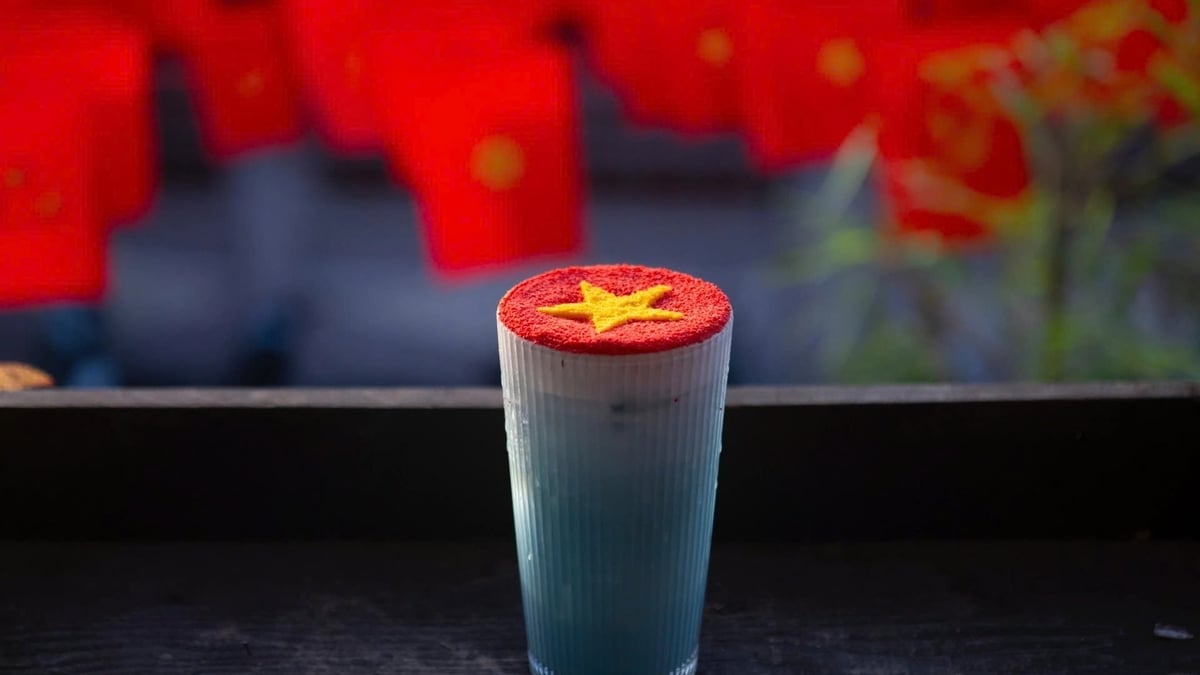
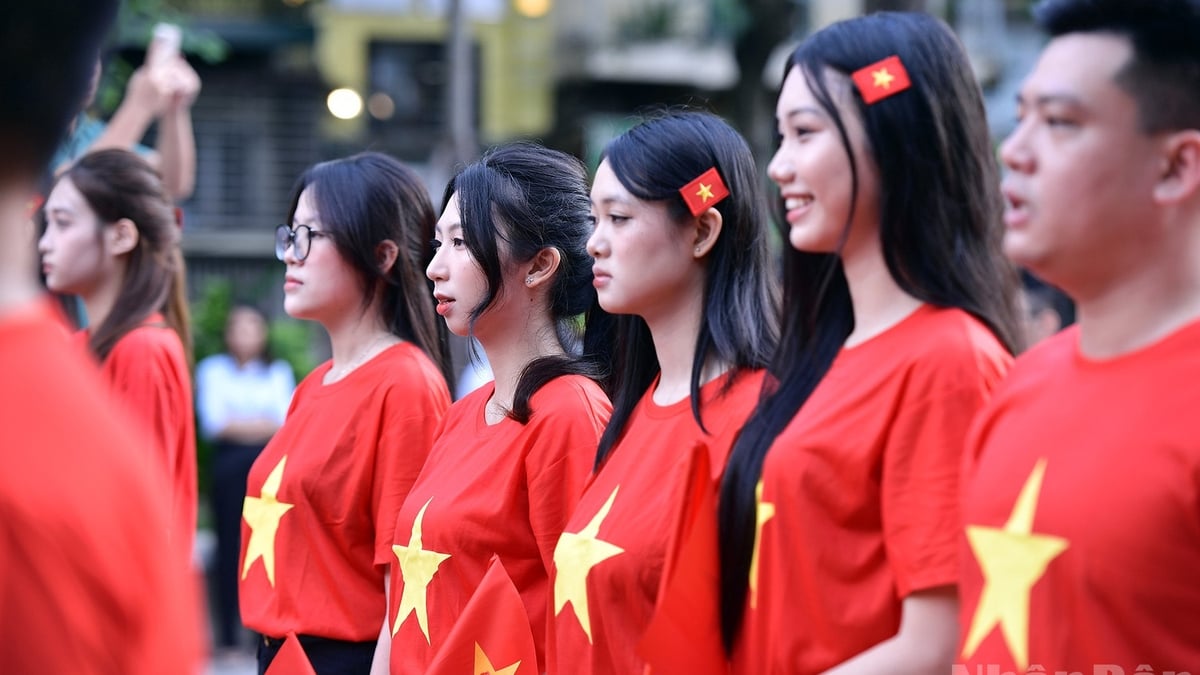
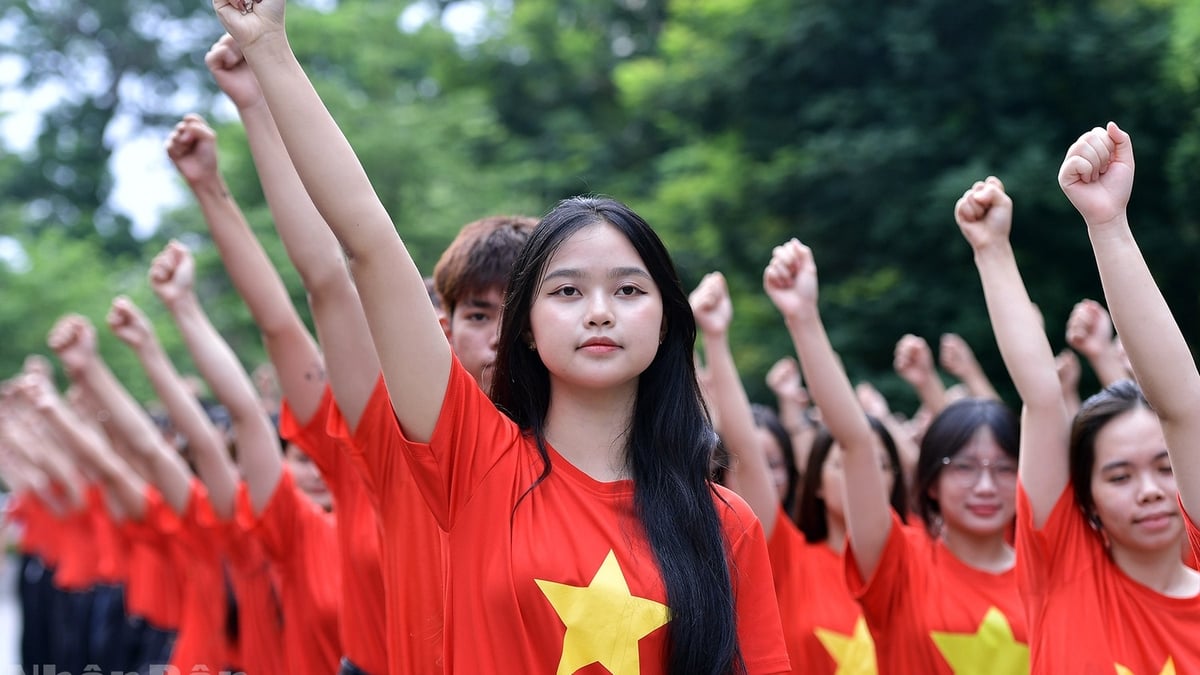
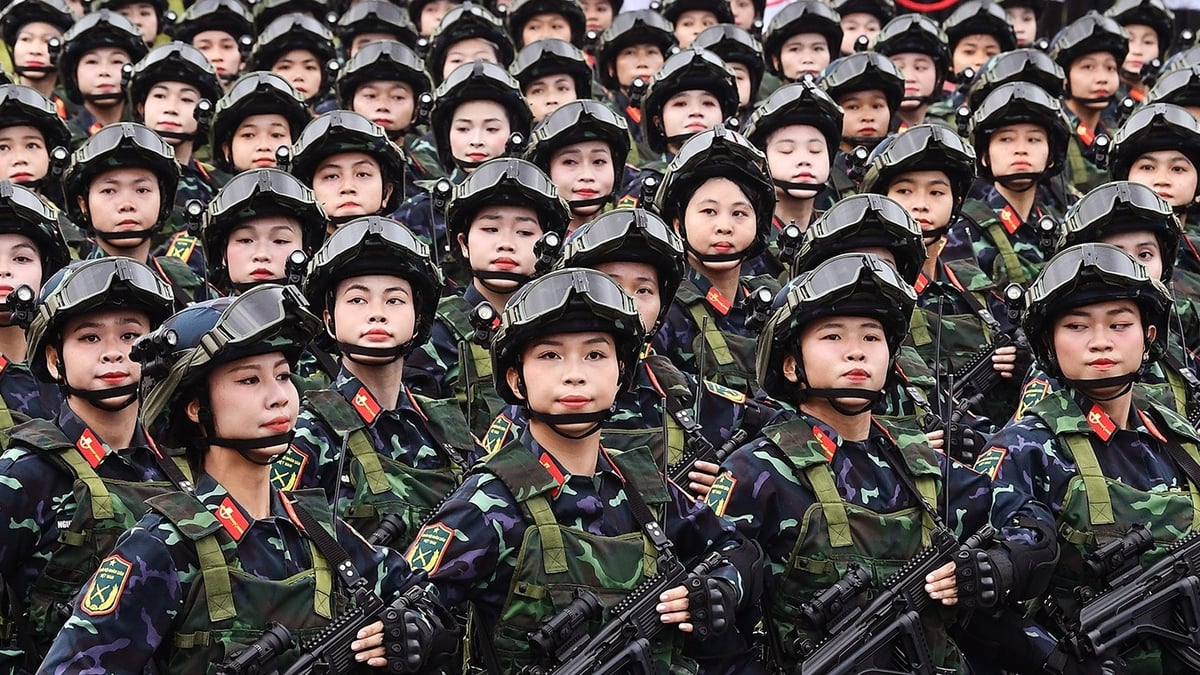


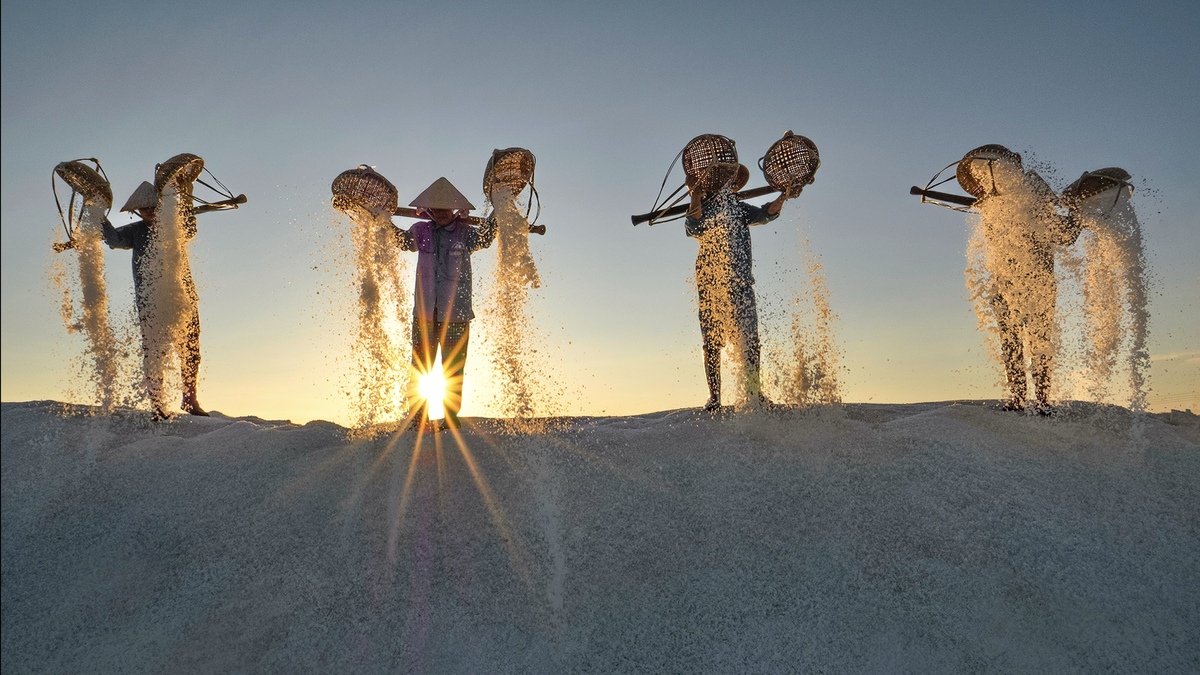
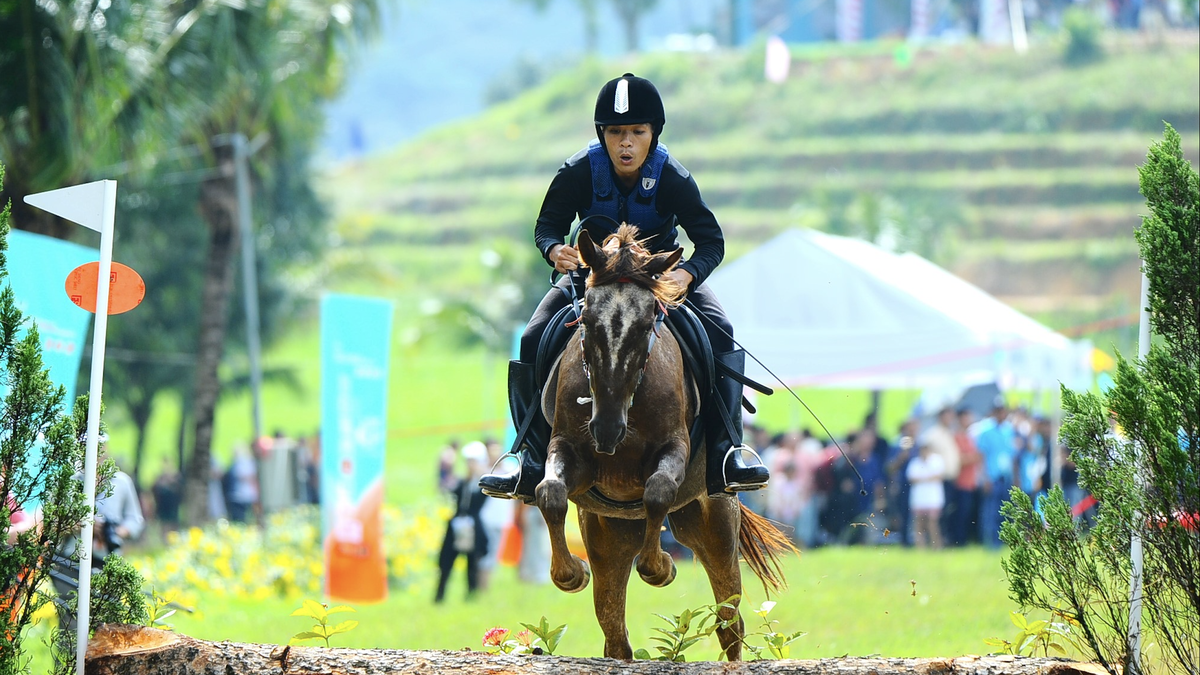
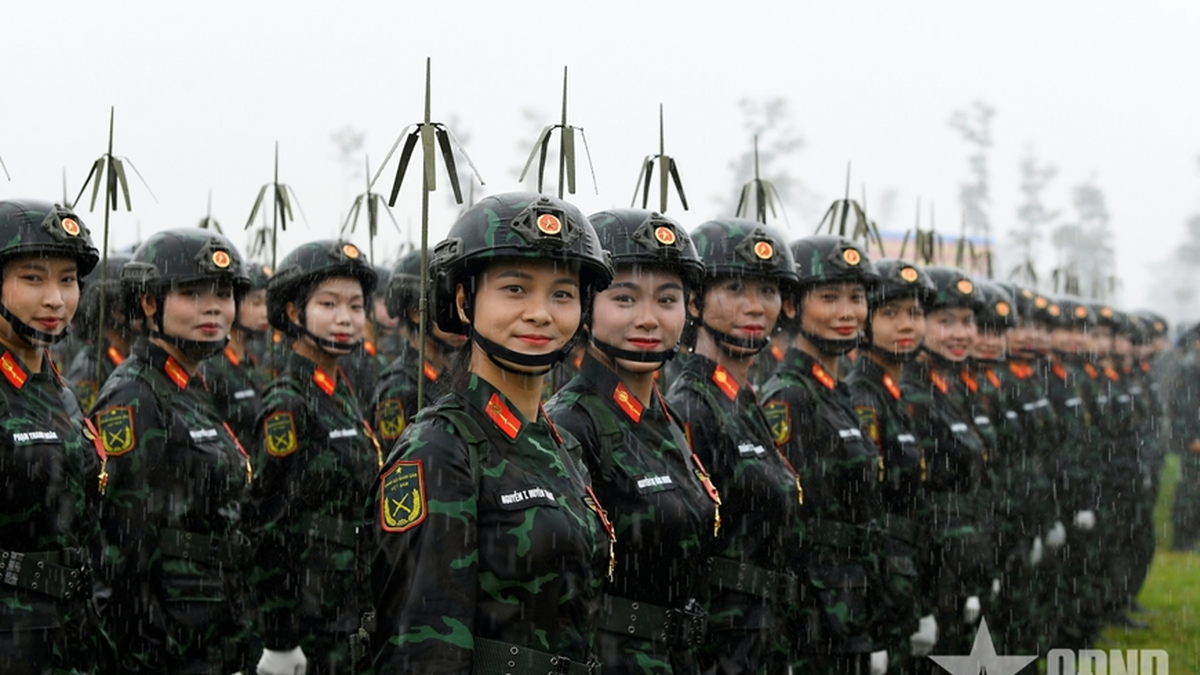
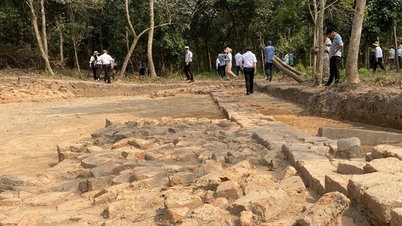



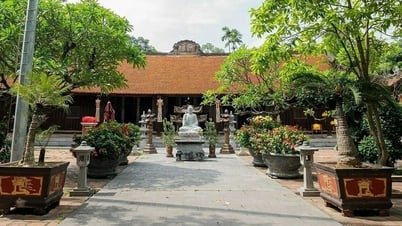

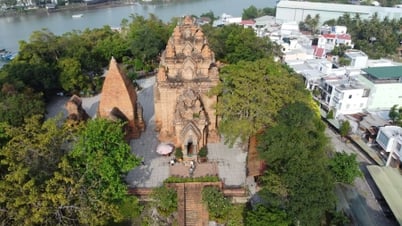
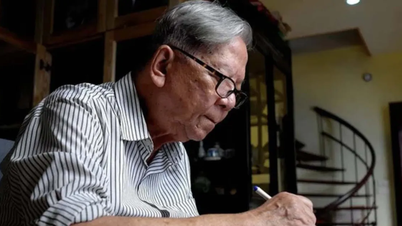

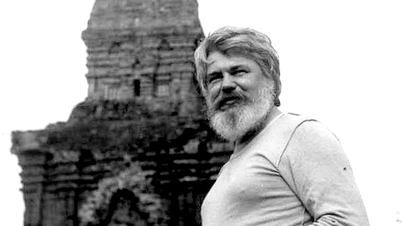



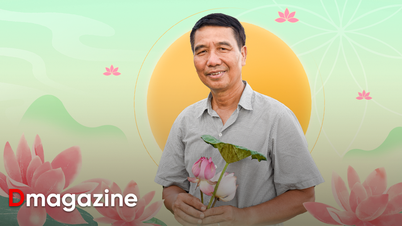


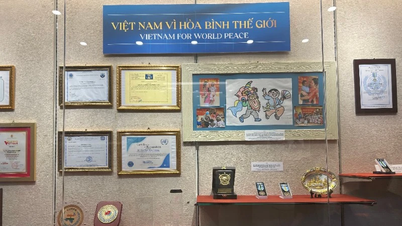

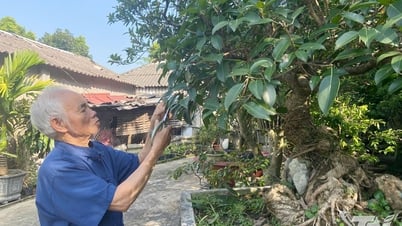




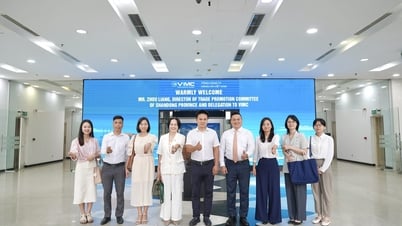

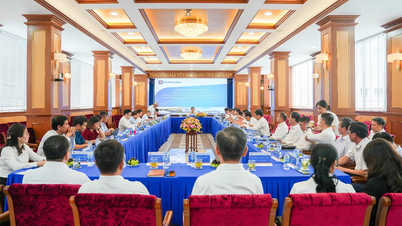
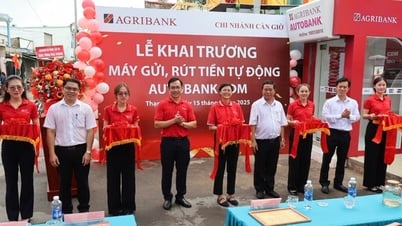
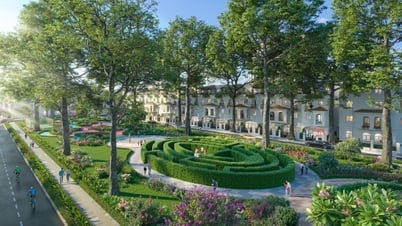
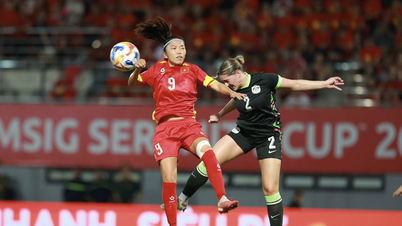
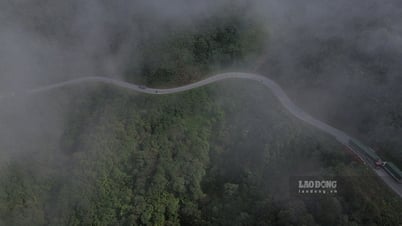


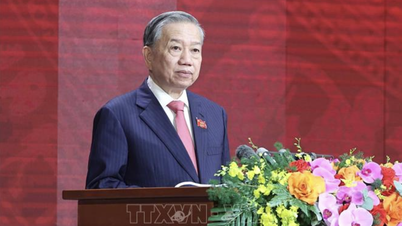



![[Photo] Party and State leaders visit President Ho Chi Minh's Mausoleum and offer incense to commemorate Heroes and Martyrs](https://vphoto.vietnam.vn/thumb/402x226/vietnam/resource/IMAGE/2025/8/17/ca4f4b61522f4945b3715b12ee1ac46c)
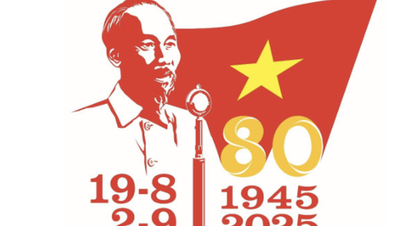





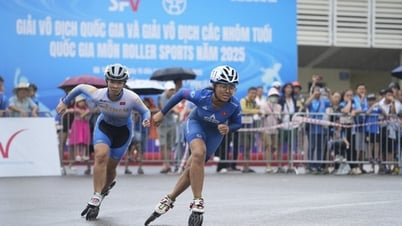
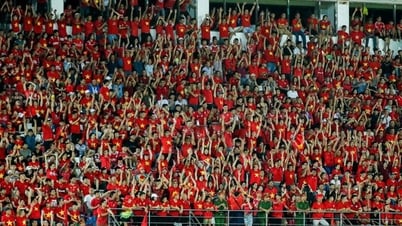






















Comment (0)